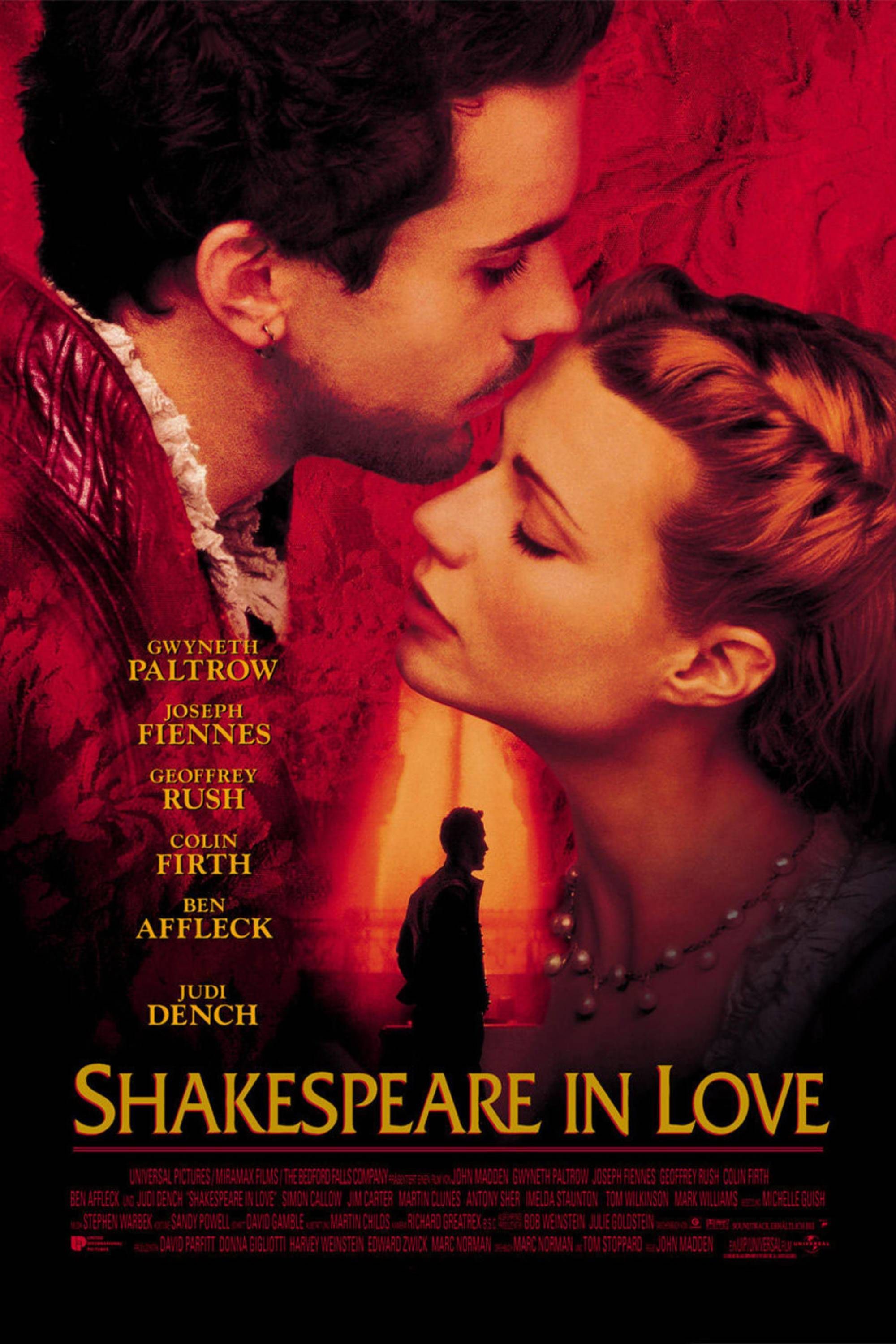While some categories were retired for practical reasons, others disappeared as filmmaking evolved.
Yet, many of these awards offered recognition to overlooked crafts and talents that still deserve the spotlight today.
Unfortunately, this category split was short-lived.

Image by Jefferson Chacon
If this category were reintroduced today, it would spark new debates.
Would a film like that fall under comedy or drama?
If it were introduced today, it would givegreat modern musicalsanother shot at Oscar glory.

Image via NEON
These professionals are responsible for several tasks, from coordinating schedules to managing budgets.
From 1935 to 1937, it shifted to a more traditional format, with one winner each year.
Notable recipients includedClem BeauchampandPaul Wing, who won for their work onThe Lives of a Bengal Lancer.

The category was retired in 1937, partly due to the evolving nature of the assistant director’s role.
Who knows how many future legends are currently working behind the scenes?
It was a way to recognize child performers who might be overlooked when competing against adult actors.
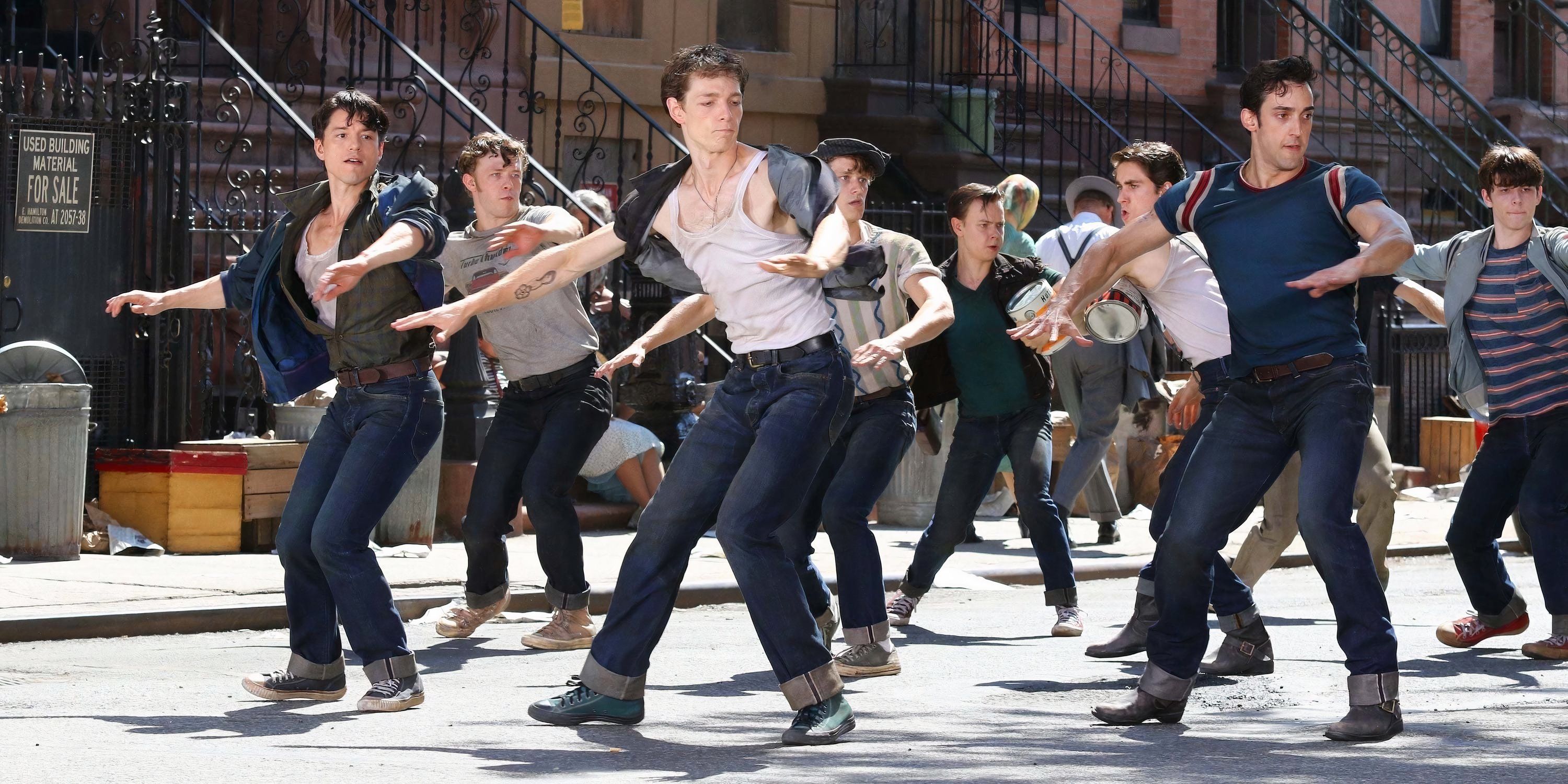
Image Via 20th Century Studios
The category was discontinued in 1961 as younger performers began successfully competing in the standard acting categories.
The first recipients wereL.
D. Flowersfor their work in visual effects onThe Poseidon Adventure.
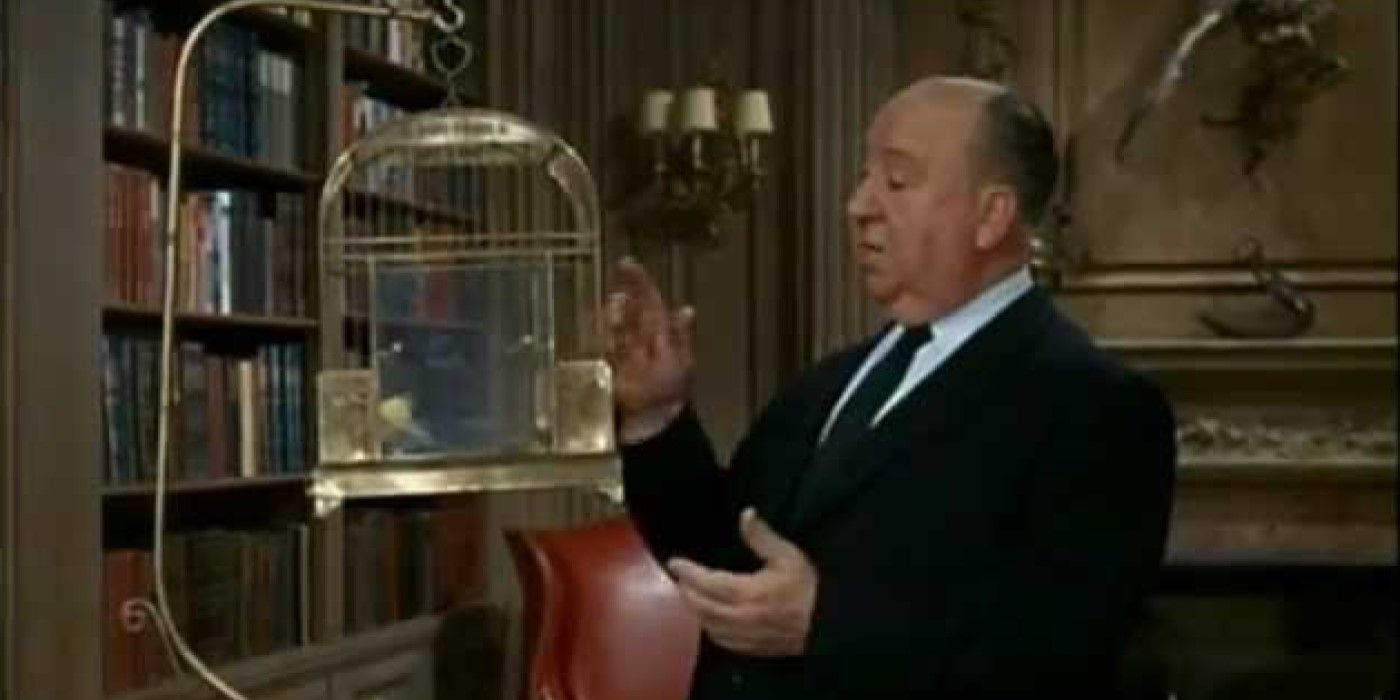
Image via Universal Pictures
Over the years, the award has often celebrated advancements in sound, visual effects, and animation.
This win paved the way for the creation of theBest Animated Feature category, which debuted in 2001.
With evolving technology and cinematic storytelling, there are countless opportunities for it to make a more permanent comeback.
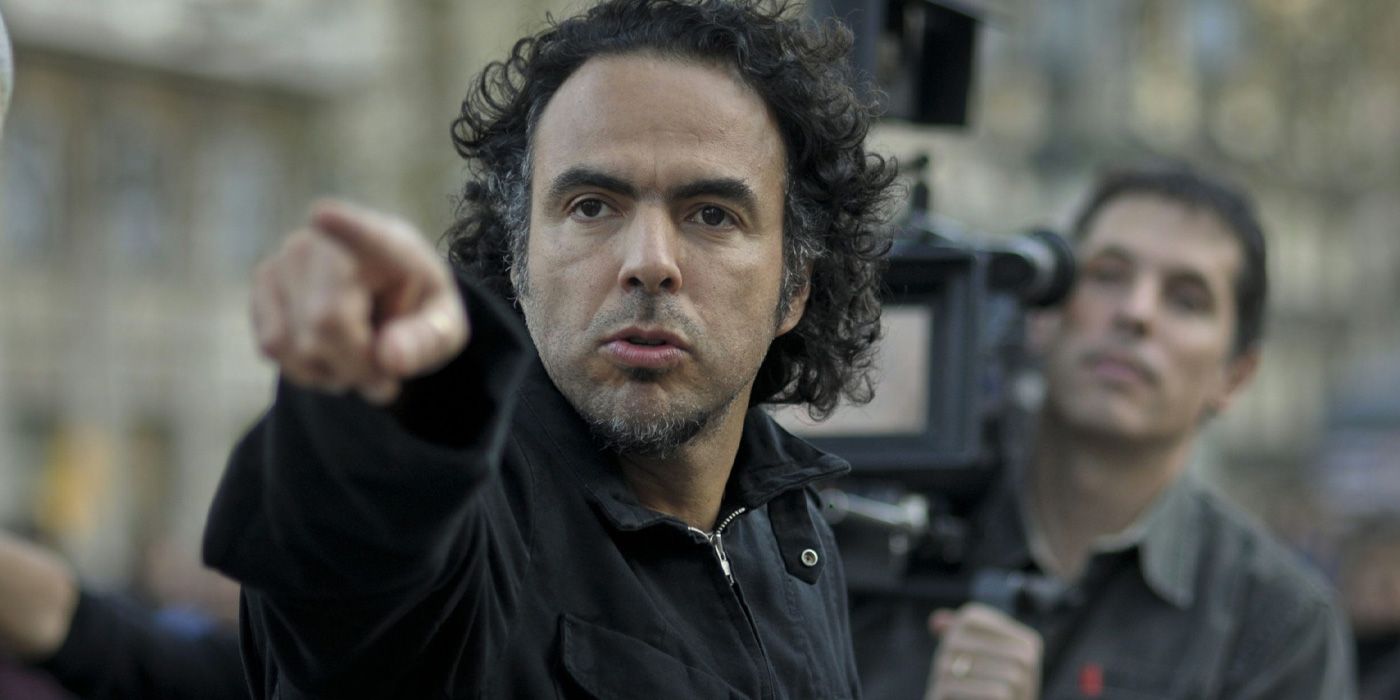
Image via Searchlight Pictures
One standout winner from this brief era wasThe Full Monty.
Today, all nominees compete in one category, with recent winners likeDaniel Blumbergwith his fantastic score forThe Brutalist.
Next:The 10 Most Divisive Oscar Wins, Ranked
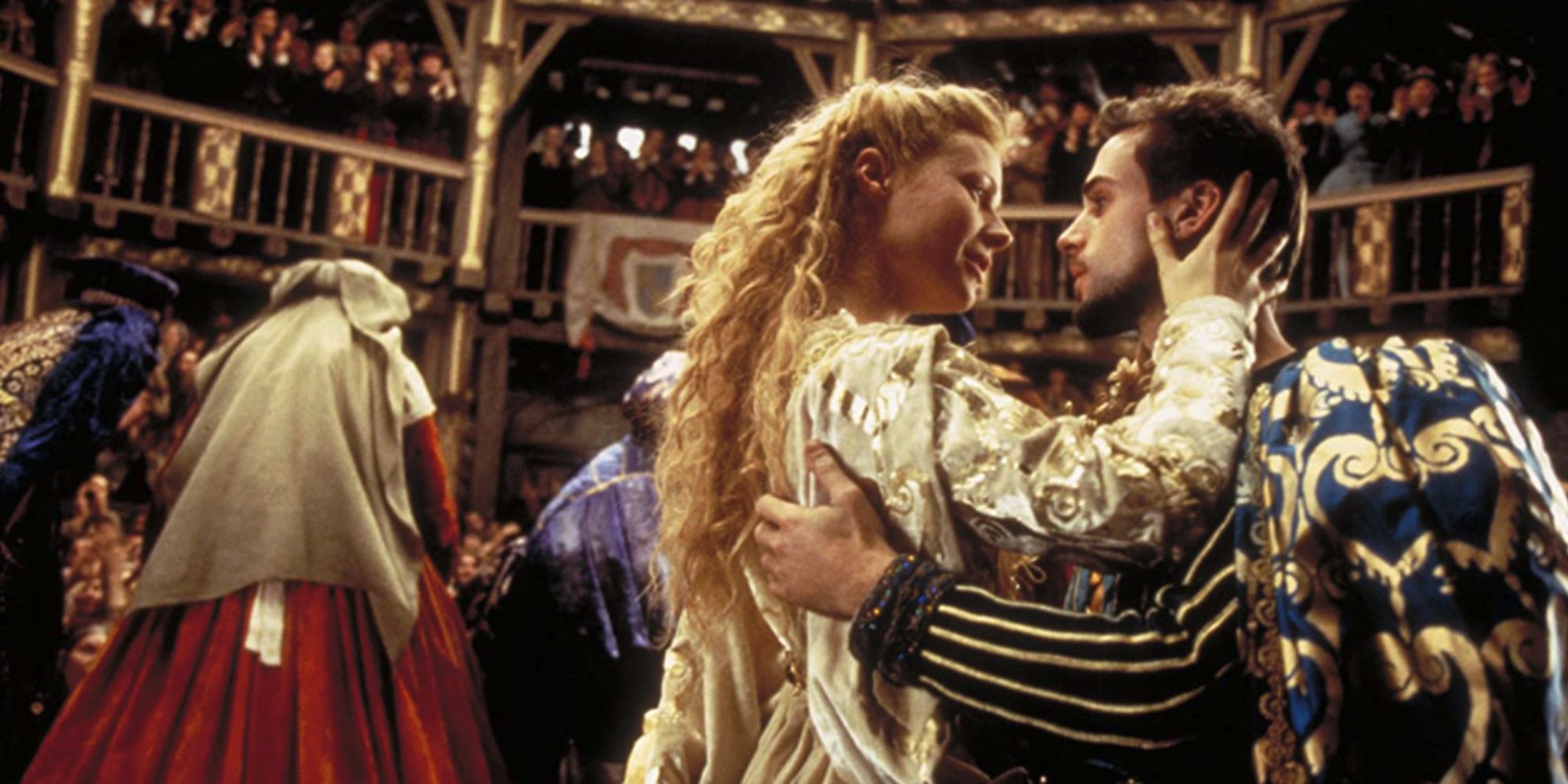
Image via Miramax
